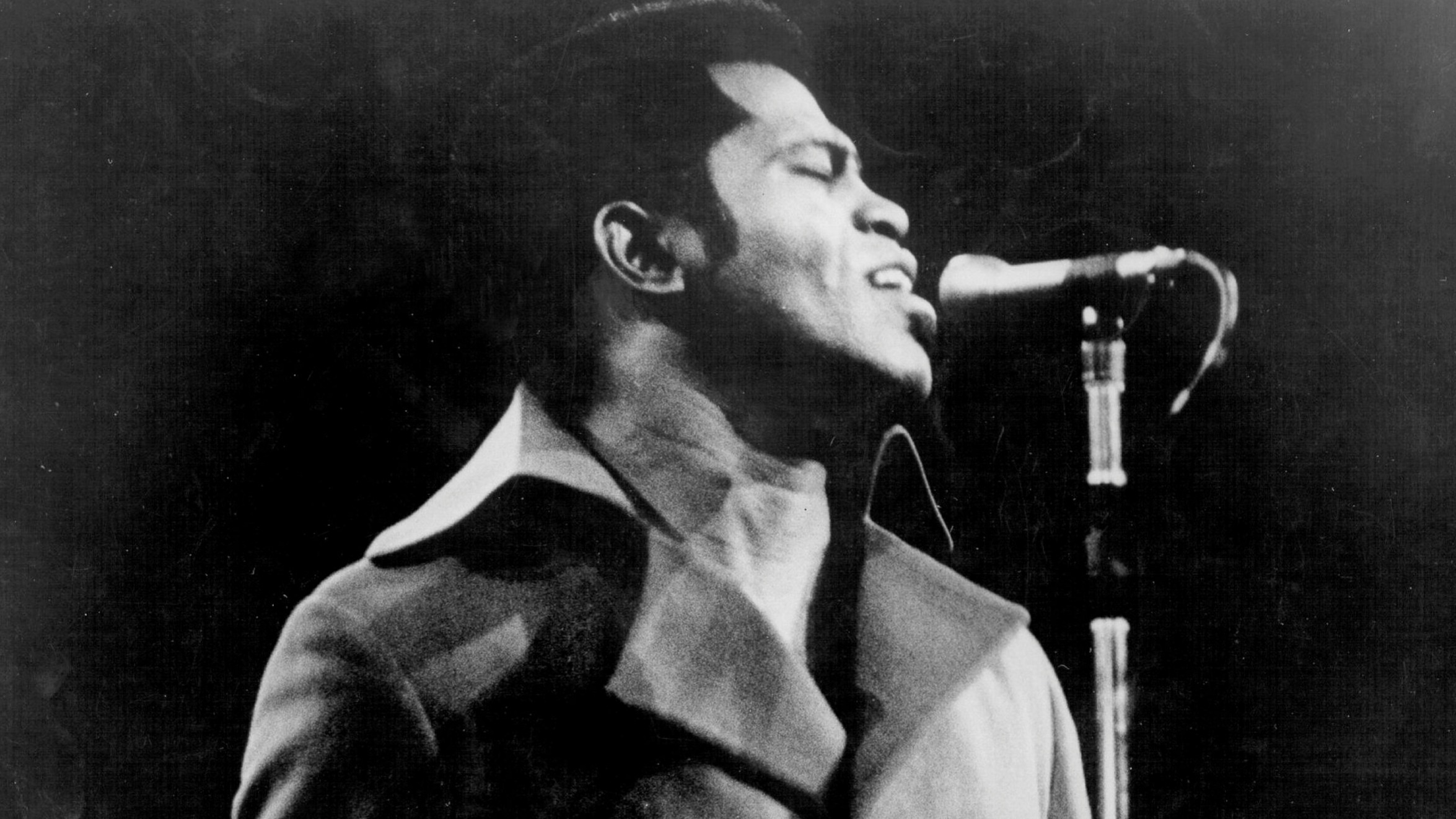Not many artists have been responsible for the creation of an entire musical genre. James Brown is one of them. Almost single-handedly, the American singer and bandleader invented the style that came to be known as funk. “Papa’s Got a Brand New Bag” wasn’t the first funk record, but it was funk’s first big hit.
The origins of the word are uncertain, but with the rise of jazz at the beginning of the 20th century, it came to denote music that was earthy, rootsy. Time magazine suggested in 1954 that it was connected to the smoky atmosphere of jazz clubs. So even before Brown had made the first funk records, music — especially African American music — was being described as “funky”.
In 1964 Brown was an established soul star, his Live at the Apollo album of the previous year a huge success. But, as he sensed that his stock was beginning to fall, he set to work on a new style of music, based around the instrumental interludes in his shows. Brown came up with a change of emphasis that was revolutionary. Pop and soul songs usually stress the second and fourth beats in the bar. Brown shifted this to the first beat — what became known as “on the one”. This left space for phrases and riffs, often syncopated around the beat, creating an intricate, interlocking grid which could go on and on.
Most of all, this new kind of music was percussive, and every instrument — including the horns, and Brown’s voice — became essentially a percussion instrument. “I was hearing everything, even the guitars, like they were drums,” he later wrote in his autobiography (Brown had started out as a drummer in The Famous Flames before taking over as singer). This music also channelled the call-and-response vocals of the church music that Brown grew up with. At the same time, he freshened up his band with the addition of players such as saxophonist Maceo Parker.
Out of this emerged “Out of Sight” (1964), a song which Brown himself later identified as the first funk record. It was created using his unique songwriting style, in which songs were constructed using a kind of structured improvisation (though it has been said that the contributions of band members, especially Parker, went uncredited).
“Out of Sight” did decent business in the charts, but Brown was unable to record for a year following a contractual dispute. Then, in 1965, during a one-hour break from touring, he and his band went into the studio and recorded, in one take, a revised version of “Out of Sight”, with new lyrics and featuring recently recruited guitarist Jimmy Nolen, whose jangly-twangly guitar break proved crucial to the song’s identity and longevity. “Papa’s Got a Brand New Bag” follows the structure of a 12-bar blues, with lyrics about a man on the dancefloor with a new way of doing things. It also namechecks dance crazes such as the mashed potato and the alligator. In its raw state, it lasted for seven minutes, but it was sliced up and released as a double-sided single. It was also given a bit of artificial stimulation: the tape was speeded up, increasing tempo and pitch. It was a hit, and the world had found a new groove. Brown followed it up with a string of funk classics, including the peerless “Mother Popcorn”.
Who dared to try to follow in Brown’s footsteps? The McCoys, for one: the Indiana band included “Papa’s Got a Brand New Bag” on their debut album (1965), alongside their big hit, “Hang on Sloopy”; though it’s rhythmically impressive, the vocals are thin and whiny. Otis Redding caught the groove of the original in a storming live version (1966). In 1975 Brown himself revisited it in a radically reworked and intricately funky version.
Comedians Peter Cook and Dudley Moore created a sketch for their 1960s BBC show called “Bo Dudley”, on which the pair play a couple of condescending twits grappling with its meaning and emerging with an absurdly literal interpretation (while using, albeit satirically, some pretty unpleasant racial epithets).
Moroccan soul and funk singer Fadoul’s 1970 version, “Sid Redad”, has raw, guttural energy and visceral Arabic throatiness. Fabulous. Legendary Hammond B-3 organist Jimmy Smith uses its groove as the backdrop on a cooking instrumental (1995). If hearing veteran crooner Pat Boone duetting with Brown, on a version released a few months after Brown’s death in 2006, is your “bag”, you’re welcome to it; Boone actually exclaims “Good God” in an excruciating imitation of Brown’s legendary holler.
The first band to sample the horn break were San Francisco experimentalists The Residents, whose twisted version on their album of almost unrecognisable covers, The Third Reich ’n Roll (1976), featured German-language lyrics sung in an operatic style by Peggy Honeydew. The only recognisable element is the brassy bit. On their 1981 hit “Papa’s Got a Brand New Pigbag”, the English dance-punk collective Pigbag sampled the title and spirit of Brown’s classic, especially on the percussive horns. Salt-N-Pepa sampled the guitar riff on the sprightly “Swift” (1990).
Today, the legacy of funk is everywhere, and the repercussions of Brown’s percussive classic continue to resonate through popular music.
What are your memories of ‘Papa’s Got a Brand New Bag’? Let us know in the comments section below.
‘The Life of a Song Volume 2: The fascinating stories behind 50 more of the world’s best-loved songs’, edited by David Cheal and Jan Dalley, is published by Brewer’s.
Music credits: Universal; Spectrum Audio; Sony Mod; Rhino; Polydor; Habibi Funk; The Gold Label; Kaz Records; The Island Def Jam Music Group
Picture credit: Michael Ochs Archives/Getty Images
